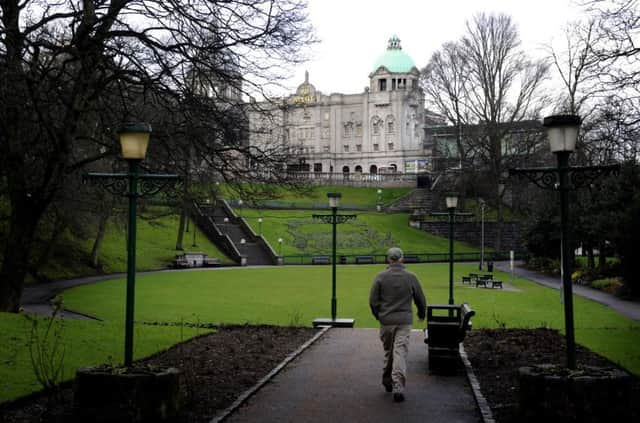Number of households in Scotland on the rise


But the ageing nature of the population means by 2039 at least 29 per cent of households will be headed by people aged 65 or over.
In the Loch Lomond & the Trossachs National Park, 51 per cent of households will be headed by someone over 65.
Advertisement
Hide AdAdvertisement
Hide AdOfficial figures project the number of households north of the border will grow by 14 per cent over the next 25 years, but the overall population will only rise by seven per cent in the same period.
A report by the National Records of Scotland identifies four strategic development plan (SDP) areas, which were created in 2008 to help deal with region-wide issues such as housing and transport that cross boundaries of councils.
Around three quarters of the population of Scotland live in the SDPs, which are centred around Edinburgh, Glasgow, Aberdeen and Dundee.
The steepest rise is predicted in Aberdeen City & Shire where households are expected to grow by 24 per cent and the population by 19 per cent.
In Glasgow & Clyde Valley, households should rise by 12 per cent but population growth of just three per cent is expected.
Stronger growth is expected in Edinburgh and South-East Scotland, where households will increase by 33 per cent and the population by 24 per cent.
The projected growth in household numbers is lower in the two National Parks, at six per cent for Cairngorms National Park and one per cent for Loch Lomond & the Trossachs National Park.
Tim Ellis, the Chief Executive of National Records of Scotland, said: “Today’s figures show a projected rise in the number of households around Scotland’s four biggest cities. Although the number of households is also expected to rise in the two National Parks, the rise is much lower.
“These statistics help us predict where people will be living over the next 25 years, allowing policy makers to reach decisions about housing and services.”